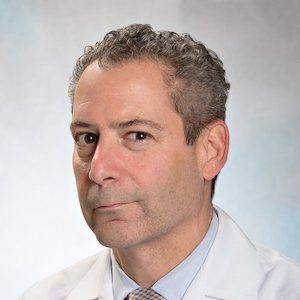Publication
Article
Cardiology Review® Online
Atrial fibrillation and anticoagulation: Reading between the trend lines
Atrial fibrillation (AF) is the most common clinical arrhythmia and is of enormous importance for public health in view of its significant mortality and morbidity.
Atrial fibrillation (AF) is the most common clinical arrhythmia and is of enormous importance for public health in view of its significant mortality and morbidity. Major complications such as ischemic stroke can be mitigated with lifelong anticoagulation with warfarin. Although there are published guidelines detailing the appropriate use of anticoagulation, several reports have called into question how widely they are adhered to. This retrospective study in ambulatory care patients with chronic AF reviews the use of anticoagulation between 1994 and 2003. Using univariate and multivariate analyses of 40.5 million visits of patients with AF, the authors made several key observations. First, there was a clear increase in the diagnosis of AF over the study period. A plausible explanation for this could be the increasing age of the population and/or more frequent follow-up visits. Second, the adherence to guidelines for anticoagulation improved, particularly in patients ≥ 65 years at high risk for thromboembolic complications (ie, those with hypertension, diabetes, congestive heart failure, or stroke). Third, 30% of patients in the younger age group (< 65 years) who had no comorbidities and would have been candidates for treatment with aspirin were treated with anticoagulation. This raises concern that they were needlessly exposed to the risk of hemorrhagic complications. A fourth observation concerned patients on antiarrhythmic therapy alone who, when compared with those in the "rate control" group, showed a trend toward underuse of anticoagulation (P < .0596). The authors speculate that this may betray the belief that conversion to sinus rhythm assures maintenance of sinus rhythm. Israel et al1 have demonstrated that this is a fallacy. In their long-term follow-up of patients with an implanted pacemaker capable of recognizing AF, they found a high recurrence rate of arrhythmia in nearly half their patients despite "optimized" therapy. A significant number of them had been asymptomatic and in sinus rhythm at routine follow-up visits while others had maintained sinus rhythm for > 3 months before AF recurred. Since current techniques all but preclude such seamless monitoring, it may be prudent not to assume that AF has been eliminated by antiarrhythmic therapy. Finally, one needs to recognize that the lack of adequate monitoring technologies applicable to large populations magnifies the difficulties in managing paroxysmal AF.






